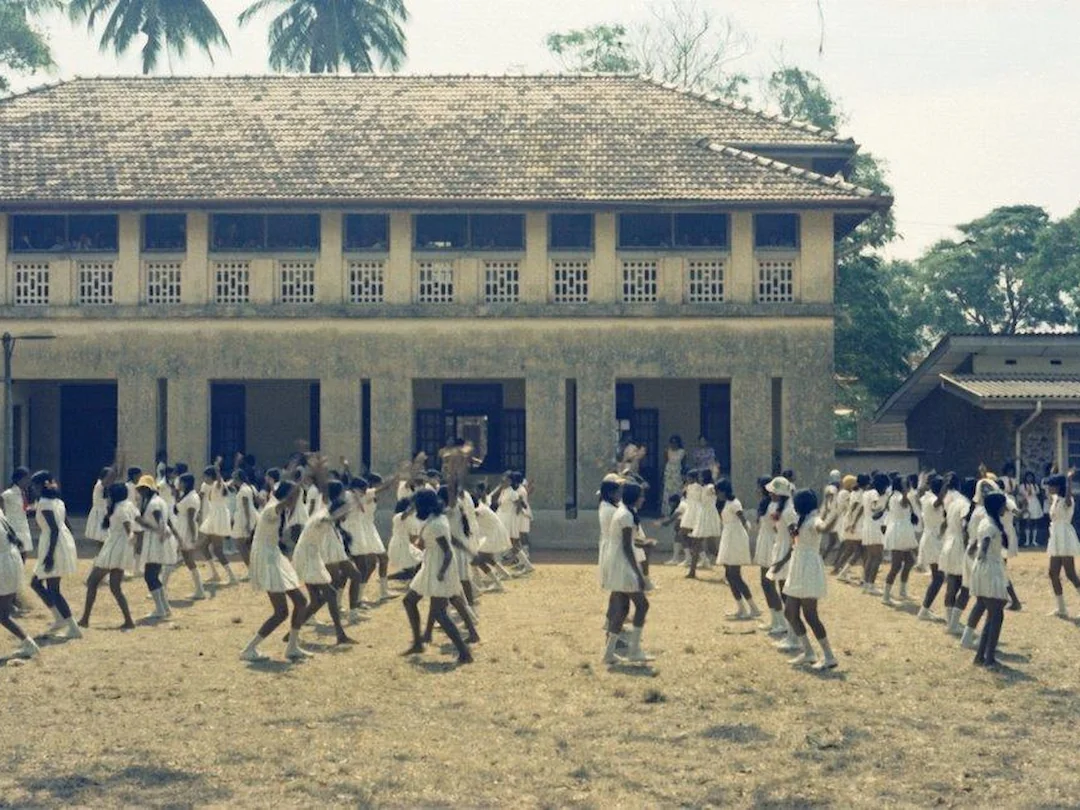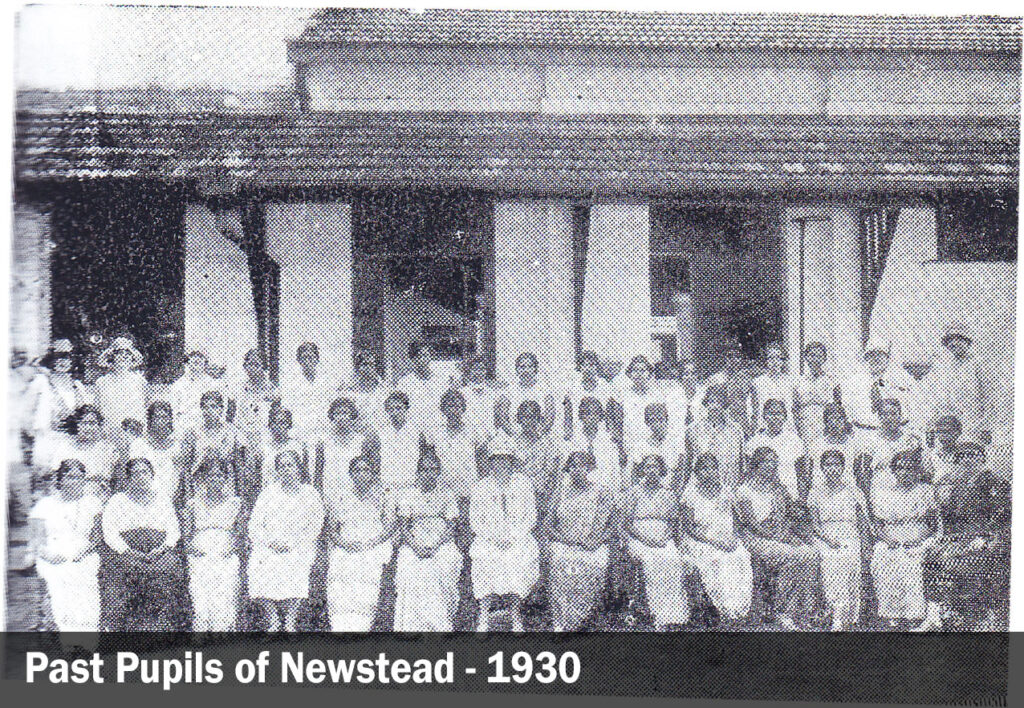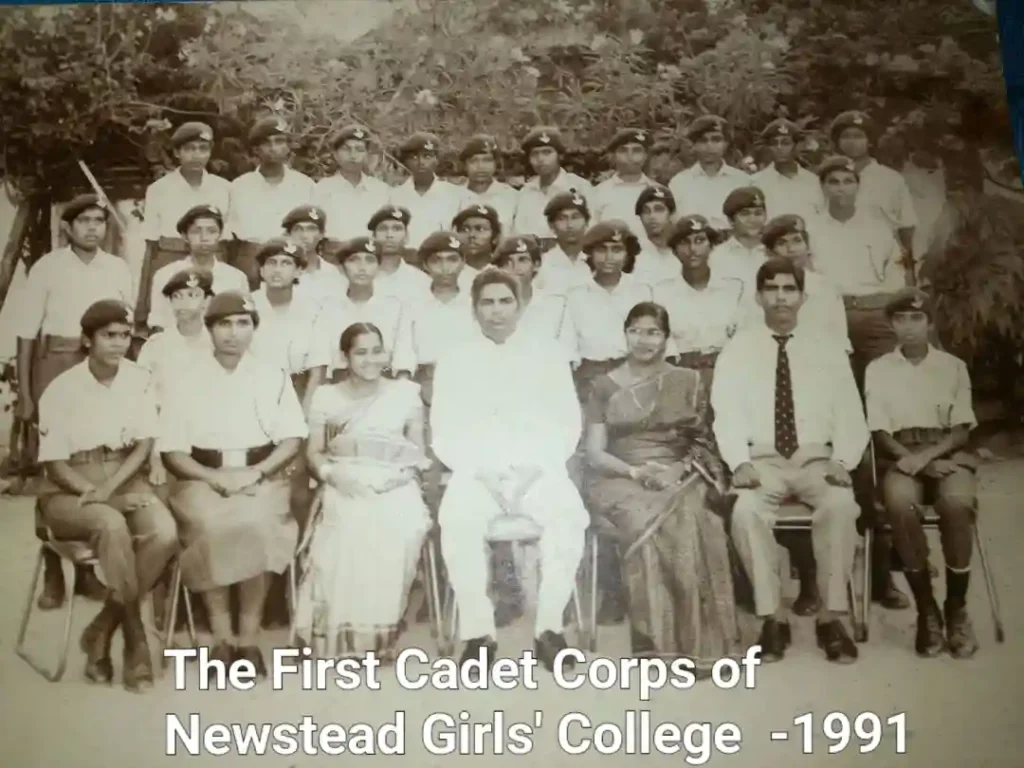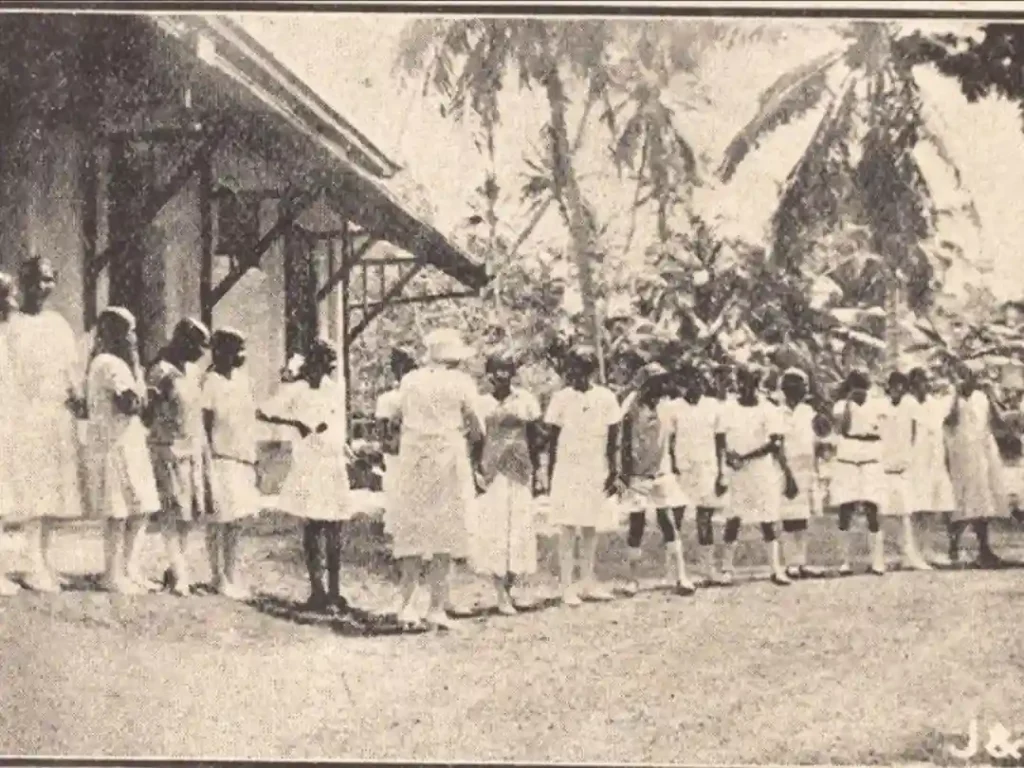Negombo Newstead Girls’ College isn’t just any school, it has a historical value to people in Sri Lanka. For over 187 years, Newstead has been shaping young minds, standing as one of Sri Lanka’s most respected educational institutions. Newstead College started as a small missionary school and has become a national treasure. This school’s story is worth telling.
The Early Beginnings of Newstead Girls’ College Negombo

Photo from newsteadgirlscollege.com
Newstead Girls’ College, one of the oldest schools in Sri Lanka. 1815, this college started as Wesleyan Methodist Sunday School with the guidance of Muhandiram L.E. Pereira, who served as the headmaster. What began as a place to teach basic religious and moral lessons quickly evolved into a boys’ vernacular school, which was quite the transformation for that time.
With the involvement of key figures like Rev. Robert Newstead, who was appointed the first resident minister of Negombo in 1817, and Pereira, Rev. Newstead laid the groundwork for what was to become a beacon of education in the region. These early years under the Wesleyan Methodist Missionary Society were about building strong moral and ethical foundations for future generations.
The Transition to a Girls’ School
In 1818, some proposals to open a girl’s college were made. By 1820, that vision became a reality. The Mission House, originally a Dutch bungalow, was soon converted into the new school premises. This decision was about creating opportunities for girls to receive an education at a time when that was rare.
By 1883, the original Cadjan classrooms, simple as they were, served their purpose for decades. However, the need for more durable and permanent structures became apparent as the school grew. In 1883, they replaced those early makeshift classrooms with solid, permanent buildings, signaling the school’s commitment to long-term growth and stability.
Newstead Girls College Becomes a Leading Senior Secondary School
By the time 1895, Newstead Girls College had become one of the main educational institutes in Sri Lanka. This year, the school transitioned into an English high school. Switching to English as the medium of instruction was a bold move, positioning Newstead to become a senior secondary school of repute.
One of the first to truly embody this shift was Claribel Beven. In 1916, she became the first girl from Newstead to pass the Elementary School Leaving Certificate Examination, a significant achievement at the time for the school.
An equally important milestone was the appointment of Miss A.D. Dixon in 1917, Newstead’s first lady missionary principal. Miss Dixon’s leadership came at a crucial time, as the school continued to expand and gain recognition.
Progress During the Missionary Era
The missionary era was marked by academic growth and a flare-up of development in the school’s infrastructure and extracurricular activities. The day school buildings, which were initially modest, saw significant expansion to accommodate the growing number of students.
The introduction of Cambridge examination preparation classes was a game-changer, offering girls a direct path to international academic standards. This move placed Newstead in a unique position, allowing students to compete on a global stage, something unheard of in many other schools of the time.
In 1919, Newstead’s Old Girls’ Union was founded, creating a space for former students to stay connected and support each other. The first reunion was held the same year, marking the beginning of a tradition that celebrated the legacy of Newstead’s alumni.
1962 and the Shift to Government Management
In 1962, Newstead Girls’ College, along with several other Methodist-run schools, was officially transferred from the Methodist Missionary Society to the Sri Lankan government. After 147 years under missionary management, it could have easily lost its unique identity. Yet, what’s remarkable is how the school remained true to its roots, continuing to thrive despite this administrative shift.
The school adapted while preserving its focus on education, diversity, and the unity of humanity. Even with government oversight, the school maintained its high standards, and the trust in God’s protection, service, and dedication was a guiding force in every decision made.
After the handover, Newstead Girls’ College became the first school to achieve national status in Gampaha District.
Upholding Traditions and Values
Newstead Girls’ College is a place where diversity thrives, and every student, no matter where they come from, is valued. Whether you’re Sinhala, Muslim, Tamil, or Burgher, Newstead assures everyone feels at home.
At the heart of everything Newstead Girls College Negombo Sri Lanka does is a strong foundation of faith, simplicity, and service. These aren’t just words; they’re the guiding principles that have defined the school’s journey since its early days. The values of trusting in God’s protection and dedicating oneself to service have been passed down through generations of students and staff. They have created a culture where everyone is encouraged to work hard, remain humble, and give back to the community, no matter where life takes them.
The school’s motto, “More Beyond” (Plus Ultra), is more than just a slogan. It’s a constant reminder to push past limitations and explore the world of knowledge with curiosity and determination. Inspired by the idea of transcending boundaries, students are encouraged to dream big and strive for more—not just in their studies but in all aspects of life.
Today, Newstead Girls College has around 3,500 students. The school’s facilities include modern amenities like a state-of-the-art library, fully equipped science sections, and even a dental clinic.
Under the guidance of the current principal, Gayani Herath, Newstead continues to uphold its legacy of academic excellence while fostering a holistic educational experience.



